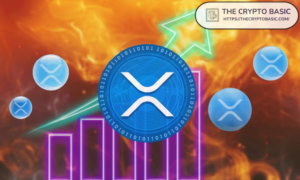A metatransaction executes a transaction signed by another party on behalf of the original signer, ferrying this original transaction onto the public blockchain.
A metatransaction is like a butler that executes a transaction signed by another party on behalf of the original signer, ferrying this original transaction onto the public blockchain rather than the person having to do it themselves. Thus, metatransactions remove the complexities and gas cost of execution on public blockchains by letting a relayer network handle these while the user just needs to sign the transaction with one click.
On a public ledger, transactions are signed by the person transacting, and this is received in the mempool, a database of unconfirmed or pending transactions which every node keeps. Here, miners include the signed transaction into the next block.
During this process, the person transacting pays the gas fees, placing all the responsibility on the user completing the transaction. Also, users are required to pay the gas fees in the chain’s native token – even when using dApps or protocols which have their own token.
Metatransactions allow dApps to circumvent the burden of gas fees and chain token payments by having the signed transaction live within the standard blockchain transaction. As a result, the burden of gas fees and transaction completion is placed on the third party.
For example, a dApp developer could see this as a good opportunity to offer a gasless experience and sponsor the gas fees for some or all users to increase user acquisition. They can also choose to allow users only to have their native token to pay for gas. In both scenarios, they would use a metatransaction so they are the ones managing the standard chain transaction and paying the gas fees needed. The user would simply sign what is required and pay according to what the developer designates, in their own token or zero gas fees.
The benefit of metatransactions is a smoother user experience. It takes the difficult and costly aspects of trading on blockchains away from the users and places these responsibilities with the developers or relayer infrastructure already participating on the back end.
Sachin Tomar, CTO and Co-Founder of Biconomy, a hyper-flexible toolkit to superpower your Web3 stack. With a background in software engineering, Sachin is working to make a decentralized world through blockchain.
Back to Glossary Index Page




